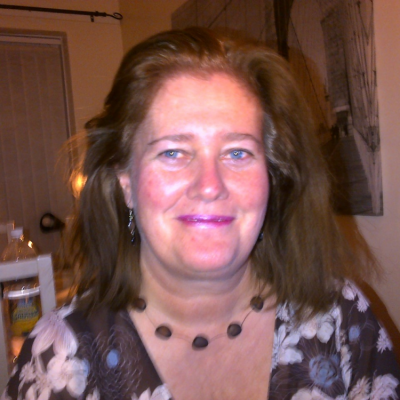Play therapy: Providing UPR for little people!
During a play therapy session, the therapist will listen to the child by taking a genuine and real interest in everything the child is doing and saying.

Often, children are told to wait until they can speak in the adult world, whereas in play therapy, they will be at the centre and the absolute focus of the session. Different therapists will work in different ways, but parts, if not all, of the session, will be child-led with the therapist adopting a person-centred approach providing unconditional positive regard (UPR).
Virginia Axline (1911-1988) and Violet Oaklander (1927) are important contributors by highlighting the two core areas of the directive and non-directive play therapy. Counselling practitioners who are skilled in their role will implement a blend of these styles. Oaklander was of the view that the relationship involving the therapist and the client is the key instrument in the therapeutic process, and if this is not obtained, then no real work can be facilitated.

In addition, Oaklander was of the belief that as the child’s logic and internal support increases, then their capability with their emotions will also be enhanced. Thus, the child will become more 'whole' due to becoming more aware of their emotions.
Setting boundaries
However, there will still be boundaries in place set by the therapist and behaviour that is unacceptable will not be tolerated. The child will be aware that, although they are leading parts of the session, they will not be able to destroy items, purposely injure themselves, the therapist or furnishings within the setting of the therapeutic space.
Setting boundaries can also make a child feels safe and know where they stand. For example, some therapists will highlight that the only items that can be taken out of the playroom are the things that the child has made, while all other items have to remain.
Observing the child at play
Observation of the child’s expression of speech and body gestures, with regards to their chosen activity, will be captured by the therapist. A child may wish to play with the farm set in the sand in each and every session. This could very well be a safe and comfortable place for the little person seeking comfort in a play ritual. It is the play therapist's job then to provide UPR and not to be directive within the child’s world.
In order to make sense of their past, children will often reenact or play out traumatic events or negative experiences within their lifetime, in order to be able to manage their future experiences. Play therapists can also provide directive play by introducing items or ideas for craft, and teach strategies for bringing anxieties down in order for children to use these coping mechanisms outside of the play therapy room.
What will be in the play therapy room?
There will be a variety of different opportunities for play materials, as well as arts and crafts, provided in varying degrees by therapists. Children will always be drawn to either their favourites that have already been established earlier in the lifetime or through the investigation of things they are yet to have come across.

What can play therapy help with?
Play therapy can help with a wide range of issues such as anxiety, separation anxiety and relationships at school or with their siblings. Often, children require a space to talk if they are suffering a loss or bereavement within their lives. This may be due to the death of a loved one including a family pet. Another loss may be due to parental separation or divorce, and a child may not wish to talk to either parent in fear of ‘telling’ on the other.
Another loss may be if a loved one is in prison, or a parent is ill and they require hospice care. Other childhood worries can include social anxieties, as well as phobias, school performance or how they perceive themselves visually.
What is a suitable age for play therapy?
In general, play therapy is used for children around the ages of three to 12 years. However, children and young people of all ages can engage in play therapy, as this can be a time for absolute one-to-one support. The point is to reiterate that no matter what is on offer in the play therapy room, it is the therapeutic relationship between the child and the therapist that will be the most important, and crucial criteria for the therapy to be effective.

Find a therapist dealing with Child counselling
All therapists are verified professionals






